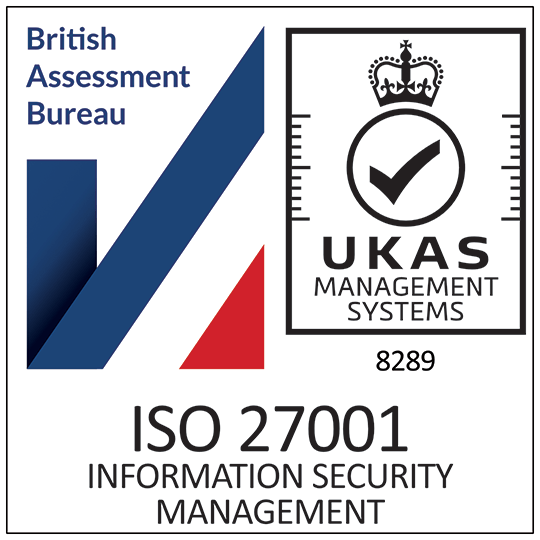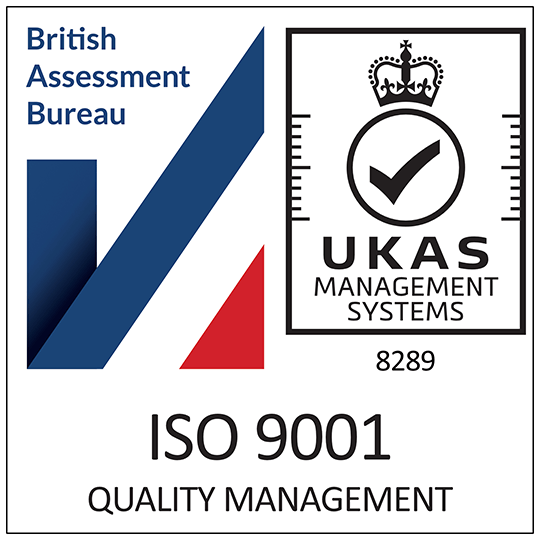The History of the Humble Loyalty Card
The Loyalty card has become synonymous with the UK consumer; 85% of UK households own at least one card whilst 29% of people carry five or more loyalty cards wherever they go.
The Loyalty card has become synonymous with the UK consumer; 85% of UK households own at least one card whilst 29% of people carry five or more loyalty cards wherever they go . A host of innovative and established brands offer customers loyalty schemes improving brand recognition and engagement in the process. Looking in your wallet you will find a host of plastic loyalty cards from large supermarket groups to a plethora of coffee chains and even your local pub! Increasingly businesses are offering consumers the chance to be rewarded for higher volume or frequency of purchases with a short term financial incentive . In 2013, these cards have become increasingly sophisticated tracking our spending and purchases to predict future trends and offer consumers specialised offers and advertising to tailor the shopping experience However, how and why did the plastic loyalty card become such a tour de force?
You may think of loyalty marketing as a very recent phenomenon; however the concept was established in 1773 when a US merchant started giving out copper coupons to be exchanged in the merchant’s store – soon after many of his peers followed suit . This scheme was pioneering and later in the 1800’s ‘stamps’ were given to customers who chose to pay for goods with cash opposed to credit .
Soon after, brands and companies started to see the great potential in the marketing idea. The B. A. Babbit Company launched a scheme based around its Sweet Home Laundry Soap giving the lucky purchaser certificates that could be collected and redeemed for colour lithographs! This led the Grand Union Tea Company to issue a similar programme whereby customers were given tickets to be exchanged for merchandise in any of their catalogue of stores .
The most famous of the era’s campaigns is attributed to the Sperry and Hutchinson Company who introduced trading stamps to their department stores in 1891. Trading stamps were small paper coupons with a gummed backing, cut into perforated squares with an eye-catching design with a tracking number on them – the early incarnation of the Clubcard! Not only were these stamps collectable and decorative they could be redeemed against store purchases. One consumer commented ‘We would fight over which one of us would be able to get the stamps that were dispensed after the groceries were rung up.’
It wasn’t until 1958 when such stamps made their way across the pond to the UK when Richard Tompkins saw similar schemes in the USA and subsequently founded the Green Shield Stamps loyalty scheme. The scheme provided one stamp in credit per 6p of shopping which could be redeemed through the Green Shield Stamp shop .
An alleged ‘stamp war’ broke out in 1963/4 as the larger supermarkets including Tesco started producing a range of stamps including the aforementioned Green Shield as well as S&H Pink Stamps . Famously at this time Mr Sainsbury was not playing ball and opposed the use of such marketing tactics. He may have had a point, in order to redeem a ‘Silver Cloud’ motor boat would take 170 books – and it didn’t even include the outward motor! These stamps were withdrawn in 1991, a disappointing year for anyone saving for a Silver Cloud.
4 years later in 1995 Tesco launched its all-conquering Clubcard spurred by the challenges of an oligopoly food market, noted as one of the most competitive in the world. The launch of Tesco’s loyalty card was ‘one of the most exciting and interesting marketing tales of this generation’ . It was definitely a technological upgrade from the now archaic loyalty stamps using a plastic card with a magnetic stripe which could be reused and used across the network.
One year later Clubcard holders were recorded as spending 28% more at the supermarket and 16% less in rival Sainsbury’s – this move knocked Sainsbury’s off the top spot as the nation’s top supermarket retailer . The Clubcard later became the world’s most successful retail loyalty scheme. By employing DunnHumby to help them analyse the purchasing activity of its users including what was in shoppers ‘weekly basket’ the company was able to develop successful marketing campaigns. Today the scheme gives members one point per pound spent which can redeemed in a variety of different ways. Sainsbury’s were quick to follow with their own rewards card a year later, after lambasting the loyalty structure previously.
However rewards schemes were not exclusive to supermarkets. Air Miles launched in November 1988 allowing frequent flyers to collect miles to put towards future flights. This led founder Keith Mills to introduce the consortium concept that later became the Nectar Card. Nectar allows card holder to collect points from a variety of retailers including BP and Debenhams. Today the scheme has over 19 million collectors .
Today, plastic loyalty cards are found in nearly every industry. For example the humble stamp card has been rapidly introduced into coffee shops in recent years with the simple but effective ‘Get your 10th coffee absolutely free’ business model . Continuing the trend Nando’s now offer customer’s chicken based deals based on loyalty. It doesn’t stop with individual shops; whole towns have embraced the loyalty card revolution. The Gloucestershire town of Stroud now has a high street loyalty card developed by the local council which has attracted around 80 local businesses .
The loyalty card shows no sign of slowing down in popularity and is constantly evolving into a marketers dream. Company Cards can create plastic loyalty card for businesses of all sizes. Explore the website for more information on these services or contact one of the team today!




